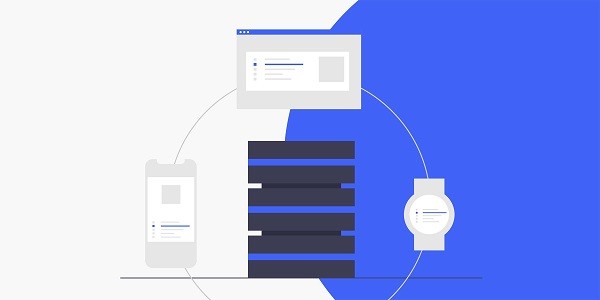What is Kickass Torrents?Kickass Torrents (KAT for short) was once one of the world's largest seed file sharing platforms, through which users share movies, software, games and other resources. Although its original domain name has been shut down many times, in 2025, "Kickass Torrents 2025" is still widely used to refer to the decentralized P2P resource sharing ecosystem. Such platforms rely on direct connections between users, but are limited by geographical blockades, network restrictions and other issues, and access and download efficiency are often affected. At this time, proxy IP technology becomes a key tool to break through restrictions. IP2world's dynamic residential proxy and static ISP proxy can provide users with an anonymous and stable network environment, helping to access resources efficiently. Why is Kickass Torrents 2025 Accessing Challenging?Global network regulatory policies are becoming increasingly stringent, and many regions are implementing deep detection or even blocking of P2P traffic. Ordinary users' direct connections may trigger IP blocking or speed limits, resulting in download interruptions or delays. In addition, privacy loopholes in public networks may expose users' real IP addresses, bringing potential risks.Proxy IPs can bypass geographical restrictions by hiding the user's real address, while encrypting transmitted data to reduce the possibility of being tracked. For example, dynamic residential proxies can simulate real user behavior and avoid being identified as automated traffic; static ISP proxies provide long-term stable high-bandwidth connections, which are suitable for large file downloads. How to optimize Kickass Torrents download efficiency?Download speed is affected by many factors such as seed popularity, node distance, bandwidth allocation, etc. Traditional methods rely on VPN, but its server load is high and latency fluctuates greatly, making it difficult to meet high concurrency requirements. In contrast, exclusive data center proxies can provide exclusive IP resources to avoid congestion problems in shared channels.Through proxy IP technology, users can freely switch geographical locations, connect to areas with dense seed distribution, and shorten the data transmission path. For example, using the SOCKS5 protocol supported by S5 proxy can achieve more flexible traffic diversion and further improve download stability. How do proxy IPs balance privacy and performance?Privacy protection is one of the core requirements of P2P downloading. Ordinary proxies may cause information leakage due to log records or IP reuse, while unlimited server proxies can effectively avoid association risks by changing IP addresses frequently. At the same time, static ISP proxies combined with carrier-level networks can ensure anonymity while maintaining low latency.On the technical level, proxy services need to support multi-protocol compatibility and intelligent routing. For example, dynamic residential proxies combine intelligent algorithms to automatically select the optimal node; exclusive data center proxies provide customized configurations to meet the high throughput requirements of enterprise users. What will be the future trend of Kickass Torrents 2025?The evolution of decentralized technology is driving the P2P ecosystem towards a more hidden and efficient direction. In the future, resource distribution may further rely on distributed nodes and encrypted communication protocols, and proxy IP technology will be more deeply integrated into the underlying architecture. For example, anonymous networks combined with blockchain may become mainstream, and proxy services will need to adapt to new protocols to maintain compatibility. For ordinary users, it is very important to choose a proxy service provider with mature technology and wide coverage. As a professional proxy IP service provider, IP2world provides a variety of high-quality proxy IP products, including unlimited servers, static ISP proxies, exclusive data center proxies, S5 proxies and dynamic residential proxies, suitable for a variety of application scenarios. If you are looking for a reliable proxy IP service, welcome to visit the IP2world official website for more details.
2025-05-12









